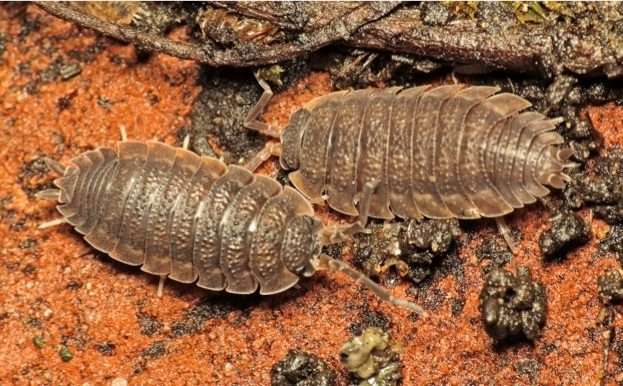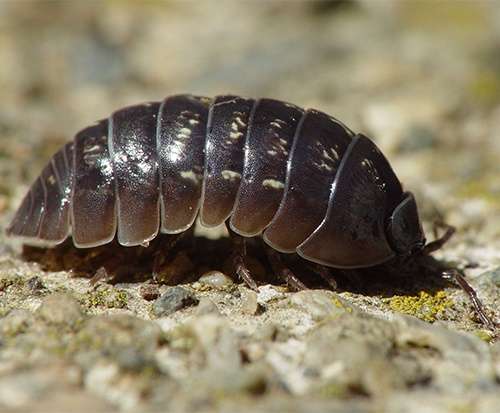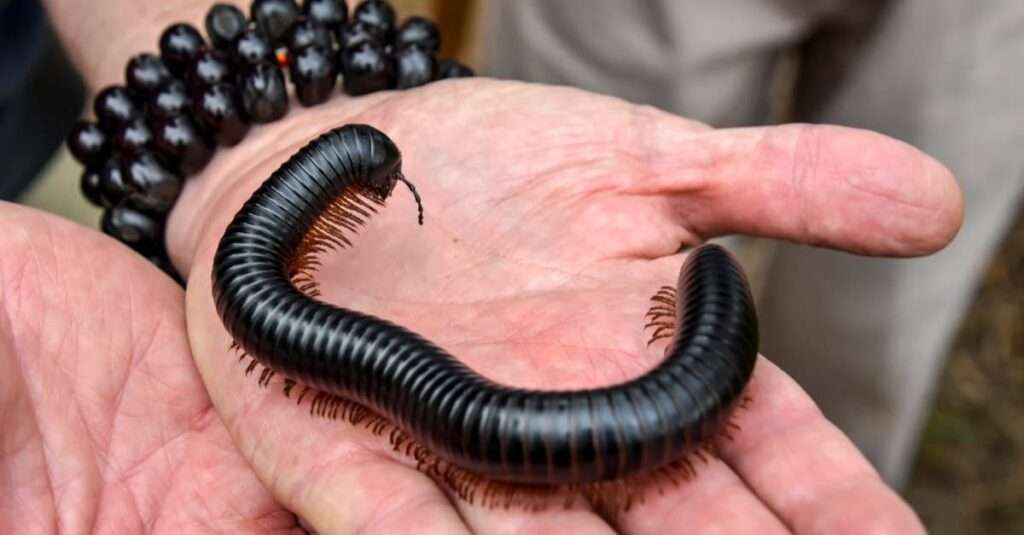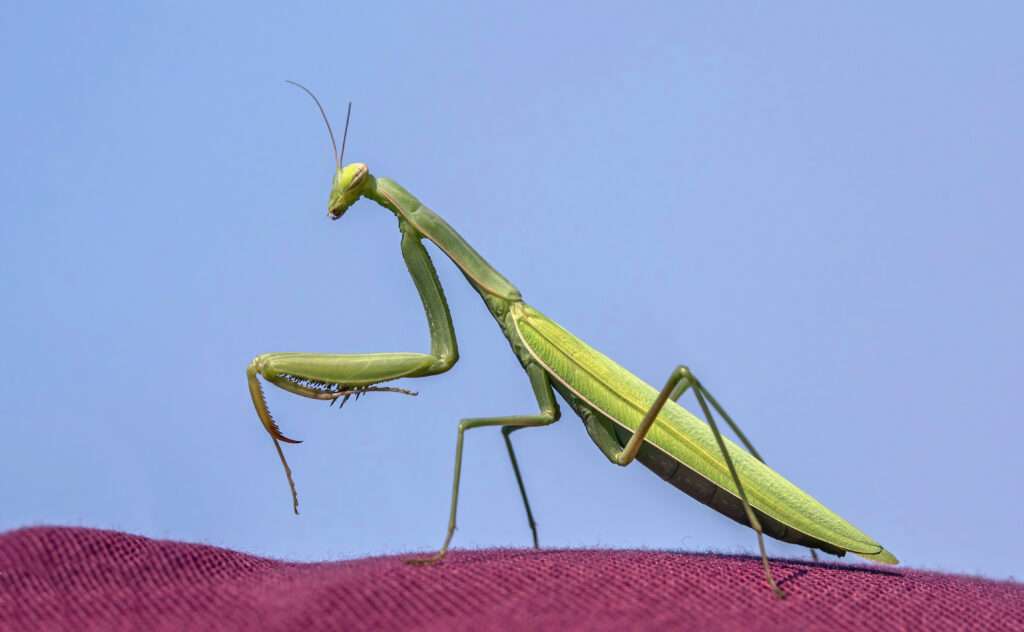
An isopod crustacean belonging to the polyphyletic suborder Oniscidea of the order Isopoda is referred to as a woodlouse (plural woodlice). They are frequently found in old wood, which gives them their name.
While the oldest known fossils date from the Cretaceous era, it is believed that the first woodlice were marine isopods that colonized land in the Carboniferous. Even though they are frequently referred to as “terrestrial isopods,” other species dwell semi-terrestrially or have recolonized aquatic settings. They go by many different common names. As a defense measure, woodlice in the families Armadillidae, Armadillidiidae, Eubelidae, Tylidae, and some other genera may conglobate; some have partial rolling capacity, but most cannot conglobate at all.
Habitat
They are widespread. They are mostly found in walls or under the stones. They like to be in wet and dark environments. Some species, like the common sea Slater, are restricted to coastal areas. They are the most prevalent terrestrial isopods in North America and Europe.
Food Habits
Woodlice do not urinate; instead, they consume rotting plants, fungi, and their own faeces. They eliminate their waste by creating ammonia, a pungent chemical that escapes as a gas through their shells.
Exoskeleton
The exoskeleton of the woodlouse is similar to a shell, which it must gradually lose as it grows. A plate-based exoskeleton covers their body to protect it.
Parts of Body
The woodlouse is an isopod with a body covered in a rigid exoskeleton that is split into three main parts, including the cephalon (head), pereon (thorax), and pleon (abdomen). Its fourteen jointed limbs are all separate. Additionally, they have seven pairs of pereiopods on their thorax.
Antenna
They have two pairs of antennae on the top of their heads: a long pair and a very short pair known as “antennule,” which are only visible on the underside of woodlouse. Because they spend the day sleeping and do not forage for food, woodlouse eyes are complex and frequently undeveloped.
Appendages
The “maxillipeds,” a pair of thoracic appendages, protect their mouth parts when they are dormant.

Keeping as Pet
Children now frequently keep woodlice as low-maintenance household pets, and invertebrate and bug collectors also enjoy keeping them as a pastime. The most prevalent terrestrial isopods in Europe and North America are the Porcellionidae (sowbugs) and Armadillidae (pillbugs), which are frequently observed.
For the upkeep of the species, the isopod colony possesses a wealth of resources. Many websites sell isopods for colony establishment and maintenance of a bioactive vivarium. At reptile or invertebrate shows, isopods are a common species that are offered for sale as pets or as little feeders.
Conditions to Keep as Pet
- To hold the woodlice, pick a strong container. To house woodlice, look for a clean jar or an empty shoebox. Use a little container to preserve a few woodlice. Consider buying a container from local pet store, such as a plastic terrarium or glass aquarium, if have a lot of woodlice.
- Provide the woodlice with leaves, sticks, and bark to explore. About 1 inch (2.5 cm) of leaves should be dispersed throughout the soil in the container. Since woodlice like to hide under leaves and soil, it is acceptable to put these over the woodlice. Small sticks, twigs, and pieces of bark can also be added. In addition to climbing around the sticks, woodlice devour the leaves.
- Put a lid on the container and make air holes in the top. Close the container’s lid if it has one, and make sure the air vents are open. Put the lid on the shoe box and carefully poke holes in the top to create air vents. If using a jar, wrap it in foil, waxed paper, or plastic wrap before using it. Next, make holes across the top using a sharp skewer.
- To keep the environment moist, spray it. By ingesting food and absorbing humid air, woodlice maintain their hydration. Fill a spray bottle with water to maintain the moisture level of the habitat’s soil and atmosphere. Then mist the habitat’s leaves and dirt until they are damp. Every day, check the soil with your hands and spray it anytime it feels dry.
Species
Diverse species of woodlice make up the suborder Oniscidea. More than 5,000 different species of woodlice have been identified, and they live in a variety of terrestrial settings including woods, mountains, and deserts. Woodlice typically reside under rocks and logs because they require moisture to survive. Some species are below:
- Philoscia muscorum
- Ligia oceanica
- Platyarthrus hoffmannseggii
- Armadillidium depressum
- Porcellionides pruinosus
- Armadillidium vulgare
Table





